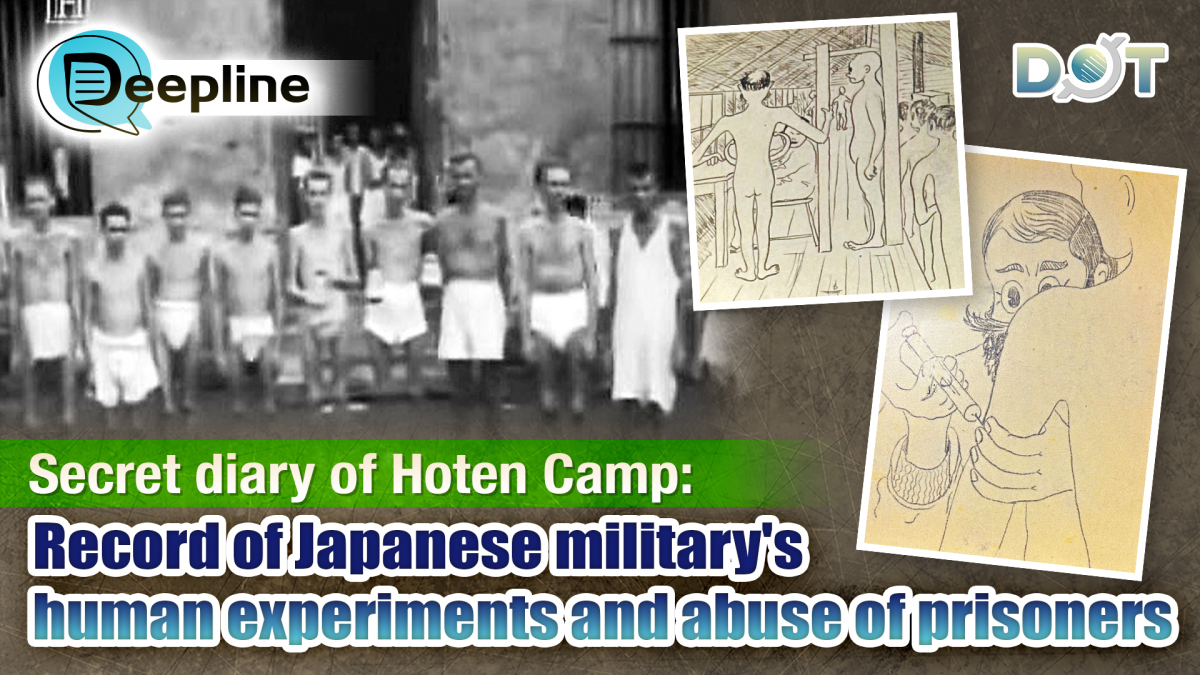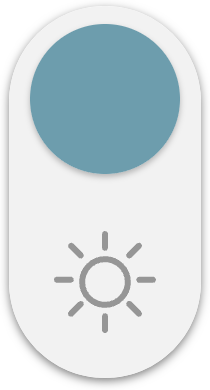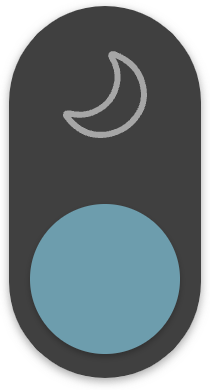
From late 1941 to mid-1945, British Army Ordnance Corps Major Robert Peaty secretly recorded the abnormal deaths of American prisoners of war at the Japanese invasion of China's Hoten Camp (Mukden POW Camp). During the two years and nine months he was imprisoned in this camp, where he was designated as Prisoner No. 24, he took great risks to carefully hide his records. Even so, some sections were discovered by the Japanese and destroyed. However, this diary is one of the few firsthand historical accounts from the victims' perspective that accuses the Japanese military of violating the Geneva Convention by abusing prisoners of war at the Hoten Camp and using them for human experiments by Unit 731.
Japanese military doctor personally admitted connection to Unit 731
Ronald Joy, Prisoner No. 1178, a British survivor of the Hoten Camp rescued in 1945, passed away in 1980 due to heart disease at the age of 59. In an interview with Wen Wei Po, his son specifically mentioned his father being given "vaccinations" in the Hoten Camp. However, the Japanese military claimed these were for influenza and typhoid.
"In the book by another POW, Arthur Christie, there is an appendix that includes what I believe to be a comprehensive list of injections."
In the appendix provided by Ronald's son, Christie listed 18 records of vaccinations and physical examinations for Allied POWs from Jan 30, 1943, to Sept 5, 1945. Except for the last one, which Allen believed might have been plague and typhoid vaccines administered by the US military, the rest were claimed by the Japanese military to be for typhoid, paratyphoid, dysentery, cholera, and unspecified injections. Based on the available content, there were questionable aspects regarding the vaccination intervals, dosages, and even repeated overlapping types.
"It is puzzling that while the British military administered preventive vaccinations once every seven years and the American military once every five years, we were given vaccine injections. Were those really vaccines?" Christie questioned.
In fact, the postwar recollection of another former American POW can answer Christie's question: "Shortly after arriving in Shenyang, a group of Japanese doctors came to the camp, injected us with vaccines, and assigned us numbers. But soon after, many people died. A Japanese doctor saved me. Many years later, he told me he was a member of Unit 731."
Declassified US files question real purpose of "treatments"
A declassified document stored in the US National Archives in 2003 showed a detailed record of the US government's postwar investigation into the events at the Hoten Camp after World War II.
The investigation also raised doubts about the Japanese military's medical actions toward Allied POWs. According to it, those with malaria symptoms had to report them. The Japanese military would then check their temperature and blood and give them a card recording their quinine intake every other day. The specific dosage was: 15 pills per day for the first three days, 9 pills per day for the next 10 days, and 3 pills per day for the following 10 days, as one course of treatment. But typically, after two or three weeks, the symptoms would reappear, and the above course would be repeated. This method was absurd compared to American treatment practices, but the Japanese used similar methods for other diseases.
The document stated that it is evident that the Japanese military's so-called "treatment" of POWs was not aimed at complete recovery but rather seemed intended to study the target race's resistance to infectious diseases through repeated outbreaks.
Death rate THREE times higher than in Nazi concentration camps
According to historical records displayed at the Shenyang WWII Allied POW Camp Site Museum, from Nov 11, 1942, to Aug 20, 1945, the Hoten Camp held over 2,000 American, British, Canadian, Australian, Dutch, and French POWs. Many of the American POWs were survivors of the Bataan Death March. Additionally, at least 16 senior military and political officials, including Sir Mark Young, the 21st Governor of Hong Kong, were separately held at the Second Branch of the Hoten Camp as political assets.
Li Zhuoran, deputy research curator at the Shenyang WWII Allied POW Camp Site Museum, who has long been engaged in POW history research, told Wen Wei Po that aside from being selected for human experiments, other POWs were subjected to high-intensity physical labor, starvation, disease, and beatings, leading to a large number of deaths.
According to public data, approximately 16% of the POWs held at the Hoten Camp died during their imprisonment. The American Allied POW Research Center confirmed that at least 258 American POWs died, far exceeding the 5% death rate of British and American POWs in German Nazi POW camps during WWII.
(Source: Wen Wei Po; English Editor: Darius)
Related News:
Deepline | Sculpting History: Young artist's museum immortalizes Northeast anti-Japanese struggle
Deepline | Unbroken spirit: Epic saga of China's Northeast Anti-Japanese United Army




















Comment